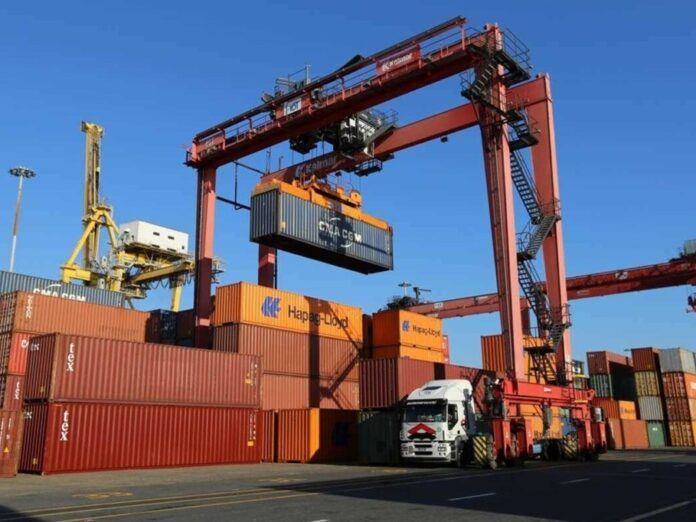As part of an Italian cohort, Telecom Italia (TIM) has applied an analysis model which suggests that 5G could cut CO2 emissions by 8.2 per cent a year at the Port of Livorno.
The Logistics of the future in Sustainable Smart Ports project was presented at the Global Solutions Forum at Columbia University in New York by TIM, Eni Enrico Mattei Foundation, Port System Authority of the Northern Tyrrhenian Sea, National Inter-University Consortium of Telecommunications (CNIT) and Ericsson Italia.
The event, which took place during the UN Climate Week, brought together sustainability experts to share projects focused on the 17 Sustainable Development Goals (SDGs) of the 2030 UN Agenda.
Modelling impact
The Italian team defined a model for assessing the impact of introducing of new technologies, such as 5G, in port processes – particularly in relation to SDGs. The model was adapted from the SDSN Italia SDGs City Index, developed by researchers at the Eni Foundation Enrico Mattei. It is a composite indicator, compiling multi-dimensional indicators into a single index, to track the degree of implementation of SDGs in Italian municipalities.
Collaborating through the Corealis EU project, the team found that 5G connectivity generates around 60 direct and indirect benefits for the port system, including promoting an increase in competitiveness and safety for personnel (mapped to objective 8 of the UN Agenda), the sustainable growth of the port city (objective 11), responsible management of logistics (objective 12) and a positive environmental impact estimated at CO2 savings of 8.2 per cent per year, equal to almost 148,000 kg of CO2 (objective 13).
This could have a significant impact with wider implementation as 90% of the world’s trade is carried by sea. The OECD (Organization for Economic Co-operation and Development) predicts that global container handling in ports could rise up to four times the current levels by 2030 and five to six times by 2050.
At the Livorno port, which handles 780,000 containers per year, 5G networks and IoT solutions are being used to optimise logistic loading/unloading operations, minimising idle times for ships and the transit time of goods.
“These changes will ultimately empower the Authority Port of Livorno to drive innovation and sustainability actions with 5G, “ said Rossella Cardone Head of Sustainability & Corporate Responsibility for Market Area Europe and Latina America, Ericsson.
“In Europe alone around 74% of goods enter or leave by sea, and so a wider adoption of 5G smart ports would have huge environmental impact,” she added.
Partnership
Elisabetta Romano, Chief Technology and Innovation Officer at TIM, said, “We are very proud of this result. Together with the other partners, TIM is engaged in making the digital society increasingly sustainable. This project of excellence highlights the quality and state-of-the-art of TIM’s network infrastructure, allowing to exploit 5G’s full potential as the platform supporting the digital transformation.
“5G enables advanced services such as environmental monitoring, intelligent logistics and mobility leading to energy savings to the benefit of the green economy.”
Antonella Querci, Director of Development, European Programs and Innovation – Port System Authority of the Northern Tyrrhenian Sea, added, “The achievement of sustainable development objectives is to be attained through an ever-greater control of the processes, and a deeper knowledge of the actual operations. This is particularly true for ports, as complex environments where industrial, logistic and energy-related functions are intertwined and interdependent.
“Declining SDGs in the port area means therefore investing in research and technological innovation, with the twofold result of making the processes more sustainable over time and increasing the global competitiveness and efficiency of the port. The Logistics of the future in Sustainable Smart Ports project has shown what are the benefits deriving from the application of new technologies, in this case 5G, and how digitisation can contribute to improving port operations.”
“We would like to point out the fruitful collaboration among public bodies, research centres and undertakings, in order to define and measure these effects with a shared approach and for laying down a common development path,” Querci said.


